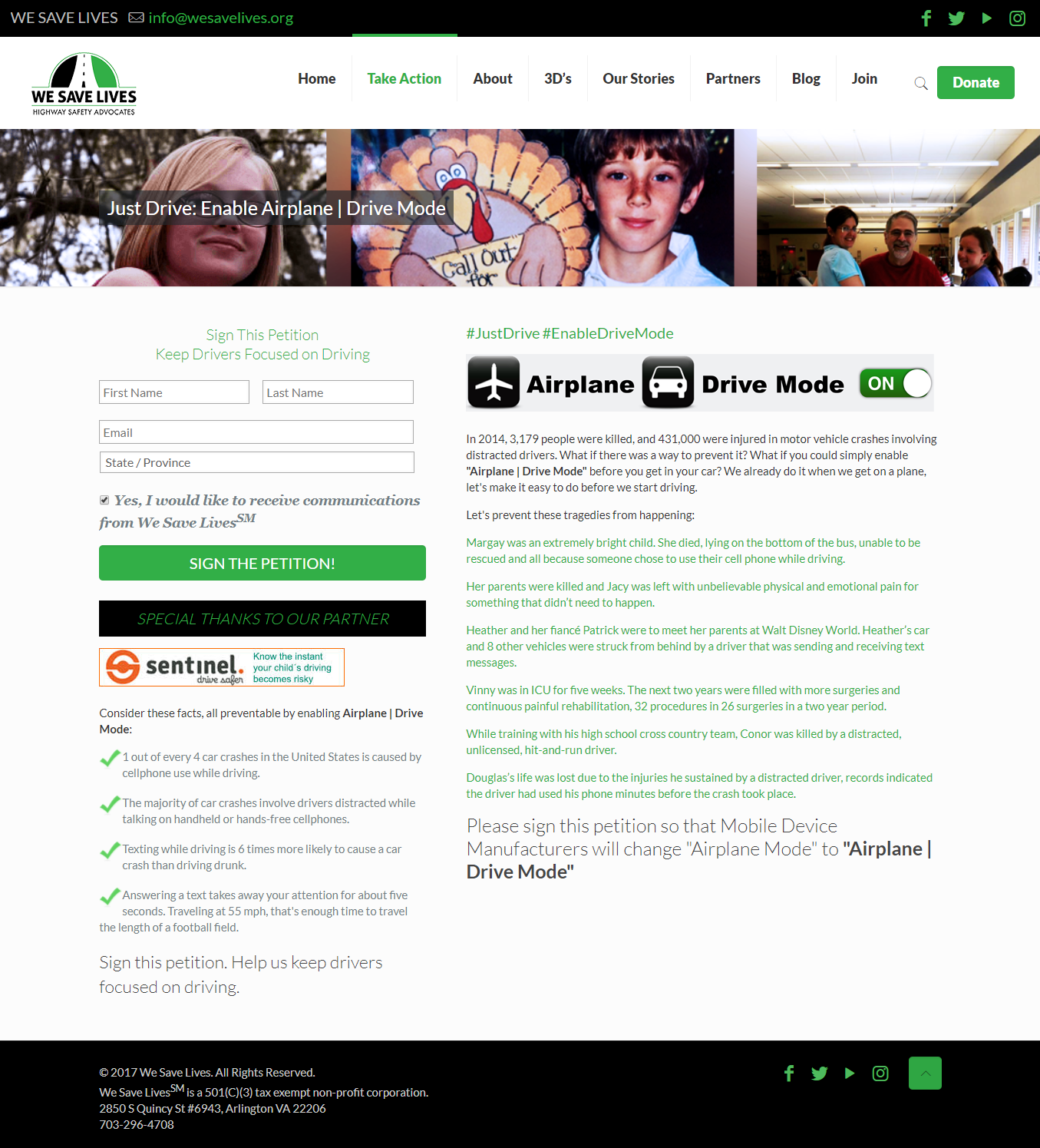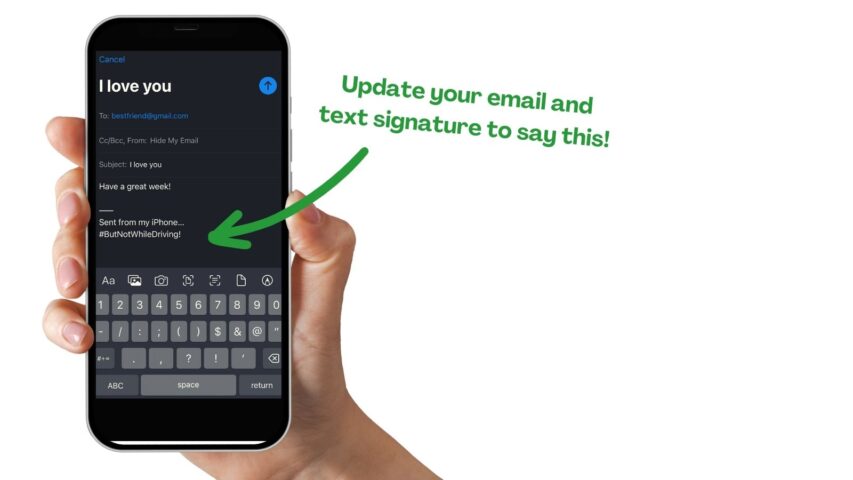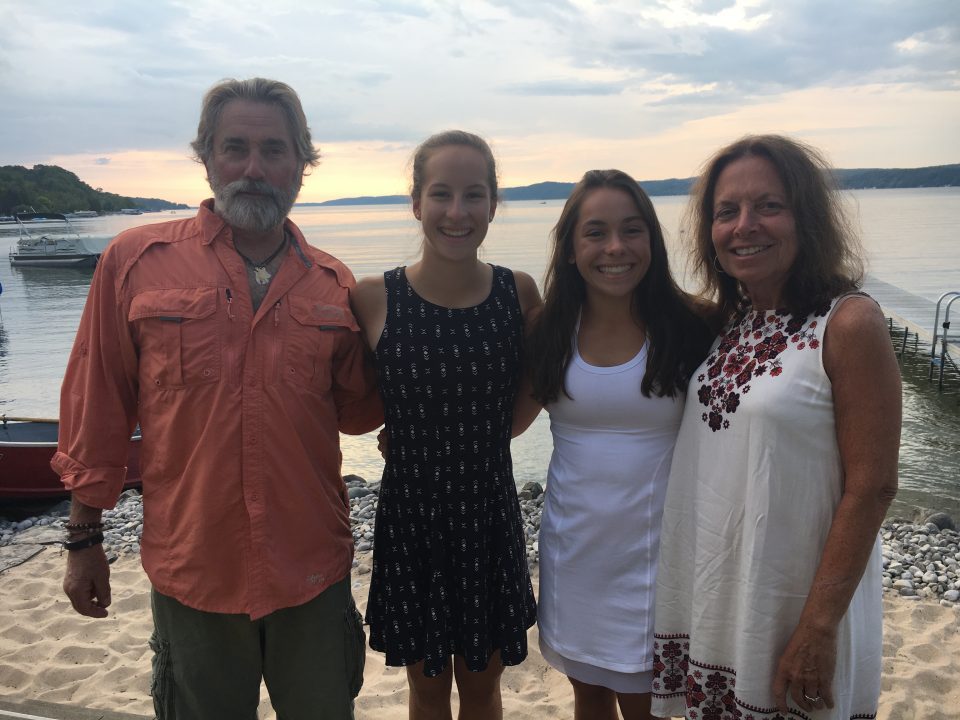- WE SAVE LIVES
- info@wesavelives.org
What You Can Do to Stop Distracted Driving

Living with a Brain Injured Child
March 21, 2018
We Save Lives Fuels Distracted Driving Awareness Month by Flipping the Script on Personal Injury Ads
April 15, 2024After more than 40 years of campaigning against impaired driving, I launched several campaigns against another hazard: Distracted driving, the fastest-growing cause of traffic fatalities today.
In 1980, my daughter Cari was killed by a multiple-repeat-offender drunk driver who was still driving on a valid California driver’s license. I will never forget being told by the investigating police officer that Cari’s killer would not go to prison or spend any significant time in jail. It opened my eyes to the public’s deadly apathy toward drunk driving.
At the time, impaired driving was the primary cause of a growing number of traffic deaths and injuries. But it was being ignored.
So, we campaigned to make drunk driving socially unacceptable. The work of countless volunteers — moms, dads, students and others — helped people understand that drunk driving is a preventable serious crime that affects everyone on our roadways. So today, penalties are stricter. Intoxicated driving is finally seen as shameful and criminally irresponsible.
And fatalities caused by drunk driving dropped dramatically.
We need to do the same thing for another deadly yet accepted traffic hazard: Distracted driving.
Distracted drivers now kill on average nine people every day. I believe along with other safety advocates the number of deaths is much higher.

Several years ago, I was hit from behind by a woman who admitted she was distracted, told the police officer she was distracted, yet her ticket said, “driving too close.” I know the crime is under reported. Yet despite the numbers stated, the public does not take it seriously. A survey found that 98 percent of drivers think texting while driving is dangerous, but 66 percent still admit to doing it; 47 percent between the ages of 25 and 34 believe texting behind the wheel is acceptable. Even as you read this, you can probably recall times when you’ve called friends or family, and they answered the phone while driving. If someone calls me while theyare driving, I hang up. I don’t want to be the last call they made before killing themselves or someone else. That is why I introduced several initiatives through my organization, We Save Lives. The first was a campaign called #BUTNOTWHILEDRIVING. Another campaign, Just Drive: Enable Airplane/Drive Mode, was a petition asking Apple to add a “Do Not Disturb While Driving” feature to their mobile devices. They did. But we need your ACTION to make distracted driving socially unacceptable. Please add and use drive mode on your mobile device. It is so easy to do. People can still reach you if it is an emergency. By doing this you are letting people know that you are focusing on your driving and can reach them later.
You know that postscript that automatically follows emails sent from your smartphone? Mine says “Sent by my iPhone, #BUTNOTWHILEDRIVING.” We are asking you to do the same and add #BUTNOTWHILEDRIVING to your mobile device signature. That message tells friends and family that you do not approve of distracted driving, and it gives a clear message that you, yourself, do not practice such dangerous driving behavior. Just open your settings and add one crucial phrase to the end: #BUTNOTWHILEDRIVING.
 Candace Lighter, Founder
Candace Lighter, Founder
We Save Lives
Mothers Against Drunk Driving
Author, “Giving Sorrow Words: How to Cope with Grief and Get On with Your Life”




